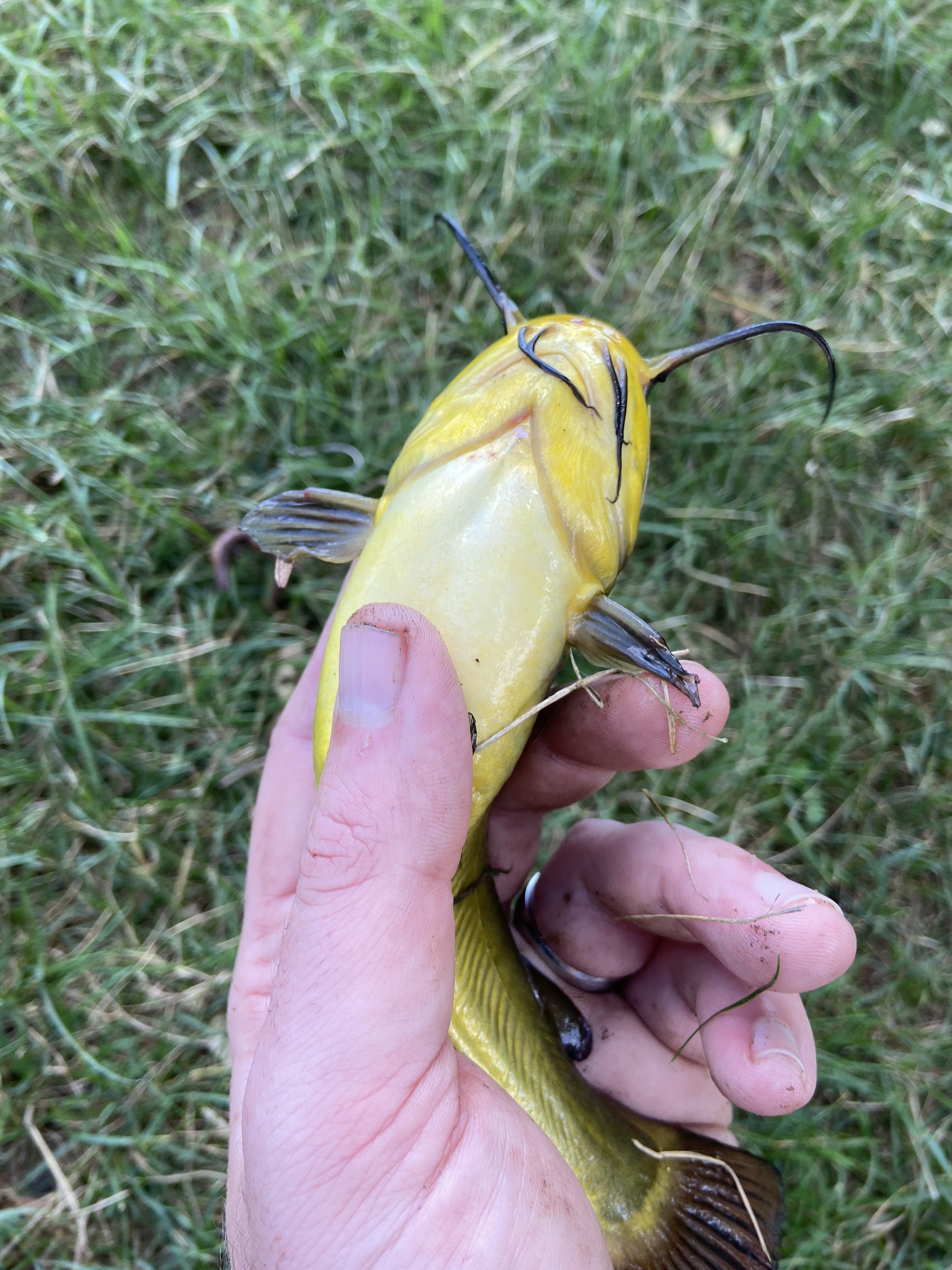Bullheads can be readily found in many Wisconsin waters.
In the summertime, they provide great action, even when the water is low. This is because they have an especially high tolerance for water with minimal levels of oxygen and can thrive in a wide range of water temperatures.
These miniature catfish fight hard and feed aggressively. But I can’t tell you how many times I’ve heard a groan come from one of my unsuspecting fishing partners when they see that yellow flash breach the surface.
That’s because, when done in haste or incorrectly, unhooking these fish can be a chore.
But it doesn’t have to be this way. Take it from someone who has landed over 100 bullhead this year, there is a simple way to quickly and safely put these fish back.
Before we dive into that method, let’s take stock of the risks that come with handling one of these fish.
What to watch out for
There are really only two dangerous parts of a bullhead: the spines and the mouth.
Let’s start with the latter.
Considering their relatively small size, bullheads have powerful jaws. Be mindful of this when retrieving hooks, especially with larger fish.
Speaking of the mouth area, it’s impossible not to notice the whiskers on these fish. They’re technically called barbels. They help bullheads sense enzymes in the water that signify the presence of prey or predators.
The barbels are completely harmless. There are no spines or hooks on them and they cannot “shock” you. These are catfish we’re talking about, not electric eels.
This leads us to the biggest threat. Bullheads have three spiny bones that protrude from each of their pectoral fins and their dorsal fin.
These spines are nature’s way of protecting the fish from predators until they reache maturity. As the fish age, these bones begin to dull. It seems counterintuitive but, the smaller the bullhead, the sharper the spines.
Getting poked by one of these spines is more akin to getting stuck by a needle than stung by a bee. The pain won’t bring you to your knees, but it is certainly uncomfortable.
Here are a few easy steps to avoid sticking yourself the next time you come across a bullhead on the end of your line. Basically, if you can properly grip a baseball, you can safely unhook one of these fish:
Step 1: Get control of the fish
Make sure the fish isn’t thrashing about. If the hook shank is exposed, use that as a tool to control the line and the fish.
Step 2: Place your thumb on the fish’s belly

I like to turn the stomach toward myself and then gently press my thumb down. This provides stability when unhooking.
Step 3: Split the dorsal fin with your pointer and middle fingers

Once the belly is secured, flip the fish over and slide the base of the dorsal fin into the webbing between your two fingers. This will allow you to control the direction of the fish.
Step 4: Pull the hook and release

While maintaining a firm, yet gentle, grip remove the hook and send the fish back home.
The key is to have control of the fish without harming it. When gripped correctly, it essentially isn’t possible for the fish to move in a way that would result in having a spine stuck in your hand. Bullheads have small fins, which minimizes their range of motion. As long as the fish isn’t flailing, you have the upper hand.
Other tips
Another method to consider is one my grandpa used to employ when he took my sister and me bank fishing as kids: use a dampened old rag to gently wrap the fish. So long as you don’t fish down too hard, you shouldn’t get poked.
The dampening part is crucial here. Using a dry rag will absorb some of the fish’s slime, they need that protective layer to maintain optimal health. So be sure to moisten your towel first.
If I am in a spot where I know large numbers of bullhead are present (or bullhead are my target species) I opt for larger than normal hooks with long shanks. This helps prevent fish from becoming hooked deeply, which keeps handling time to a minimum. The longer you have to hold a fish, the higher the likelihood of a mishap, especially in low-light conditions.
This increases the risk of losing fish, but the tradeoff is less time struggling to free buried hooks and healthier releases. That’s a trade I have no problem making when pursuing fish with whiskers.











































